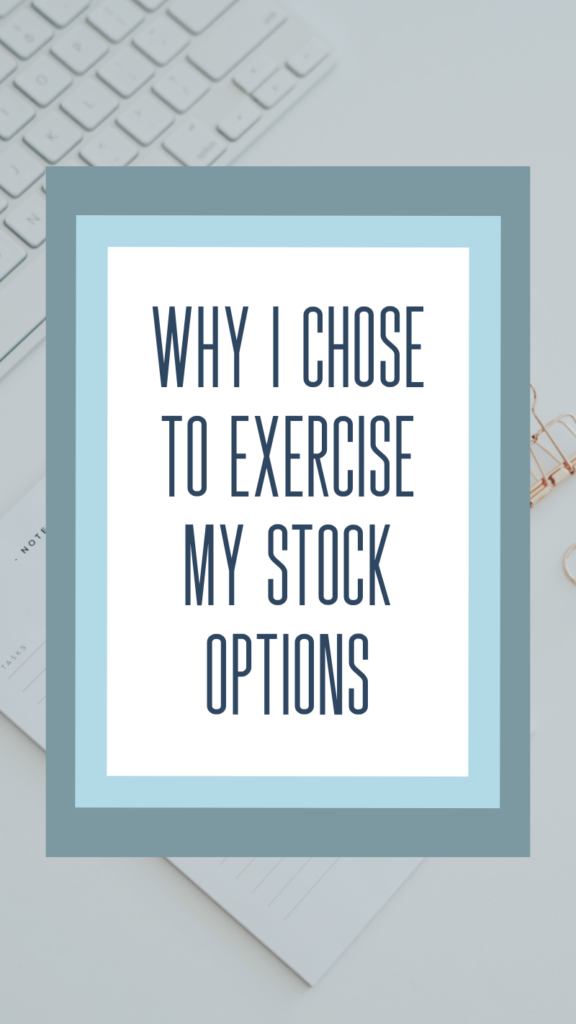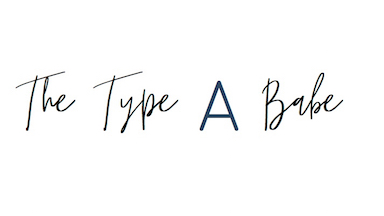
A few months ago, I would have never thought I would have taken the steps and exercised the stock options I had from my previous job. After business school and researching the industry, as well as my risk adverse personality, it seemed like it was throwing money away. Private stock is risky, so why would I buy some?
But, after some thought, I did end up buying some of my options. And I wanted to talk y’all through my thought process since options are becoming more and more common I wanted to provide you with a resource that I couldn’t find.
So, what are stock options?
Have you ever heard of someone getting options when they get a new job? Ever wondered what that is? I used to be the same. I knew I liked options in life, but wasn’t sure what it meant in the context of compensation.
Stock Options are a option/opportunity a company gives an employee to buy stock in the company. This option states a certain amount of shares at a set price. When you go to buy these options, it is called exercising your option.
Let’s break it down a little more so you can understand the details of this benefit. There are three main components of a stock option given to employees:
- Number of Shares: This is the number of shares total that the company is offering you. If you get an option for 1000 shares, that means that you will have the opportunity to buy 1000 shares at the set price.
- Strike Price – This is the set price of the option. Usually in the option, the price will be per share. For example, if the option has a strike price of $1.50, that means you will pay $1.50 per share that you buy.
- Vesting Schedule – Most often, you will not just be able to buy these options on your first day on the job. You usually have to work at the company for some time before you can purchase these shares. A vesting schedule is the detail of when you can buy what shares. Think of vesting as earning the shares.
Here is an example to put it all together.
You just got an offered a stock option for 4800 shares at a strike price of $1.00. The vesting schedule that says that after one year, you will have the right to purchase 25% of your total option and the remainder of the shares will vest equally over the next 36 months.
Given the above facts, after your first year you will have earned 25% of your total options(4800) or 1200 shares. That means at that time you can buy 1200 shares at $1.00 each.
Then, every month after that for the next 3 years, you will earn a portion of the rest of the 3600 shares. This breaks down to 100 shares per month that you will earn and then have the ability to purchase for $1.00 each.
Whew, ok enough math.
Pros and Cons to Stock Options
Pros
- Instant Profit – if you have a stock option for shares at a price that is much lower than the trading price of the share (most common in public companies where their shares are publicly traded), having the option to buy a share at a discount and then be able to sell it at the higher market price can lead to instant money!
- Feel Ownership in the company – Having a financial stake in the success of the company can give you more motivation to be productive and successful in your work. At the end of the day you want to do the best job to help your company succeed and raise that market value of the shares!
Cons
- Value isn’t stable – Stock values fluctuate. That’s what they will naturally do. The hope with stock options is you get shares at a price below market value so you can make money. But, market value could drop below your share price, which would make them not an appealing option.
- Taxes – Buying options and then selling them within a year has different tax implications than holding onto them for over a year before selling. It is important to look into the tax implications before you sell your shares.
- Gamble – Options can be extremely valuable and profitable. But, there is not guarantee. It will all depend on the market and the position of your company when you are looking to sell. So for risk adverse people (HI!) it may not be a risk you want to take.
Why I Exercised
I am naturally a risk adverse person, so the idea of options was never really that appealing to me. This is a riskier type of investment compared to a retirement account or index fund, so why would I take the risk?
And honestly, if you asked me anytime in the last year I would say I probably wasn’t going to buy the shares I had vested in. I was nervous about specific things within the company I was working for and it was a lot of money to be putting towards something that wasn’t guaranteed to have a good return or any at all. Also, it was private stock, which meant that I couldn’t just go and sell it like I could with public stock.
But, one thing I did have was a good strike price. Because I joined the company relatively early on and right before a large hiring spree, I ended up with a strike price that was ¼ of what my friends who joined six months later. It seemed as though the value was already higher. This fact alone had me thinking for long before I left the company about whether or not I should buy my shares.
So, the day my options were going to expire per my exit agreement, I talked it over with my financial council, aka my parents. I laid out my thoughts and the facts, the low price, etc., and we discussed. One thing that they said that helped get me to the point to purchase them was that despite the fact that I feel like I am an grandma, I am young. They showed me that the amount wasn’t that large in the long term and if there was a time to take a risk like this, it was now.
I didn’t end up purchasing all of my shares, and came into the transaction with a set amount that I wanted to spend and bit the bullet. I went into this thinking that I am probably not going to see this money again, but hoping that I could at least double it in a few years. We will see what happens.
While this was the decision I came to, it could be very different for you. So my biggest advice when it comes to stock options is to think about it for a while before buying anything. Take the time to research, see if it fits in with your financial situation, and talk to trusted resources for advice. There could be a great upside if you choose to take the risk, and that’s what I am hoping for now as I take the next steps with my options.



